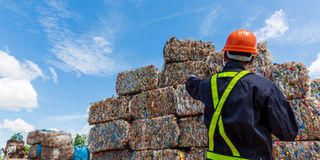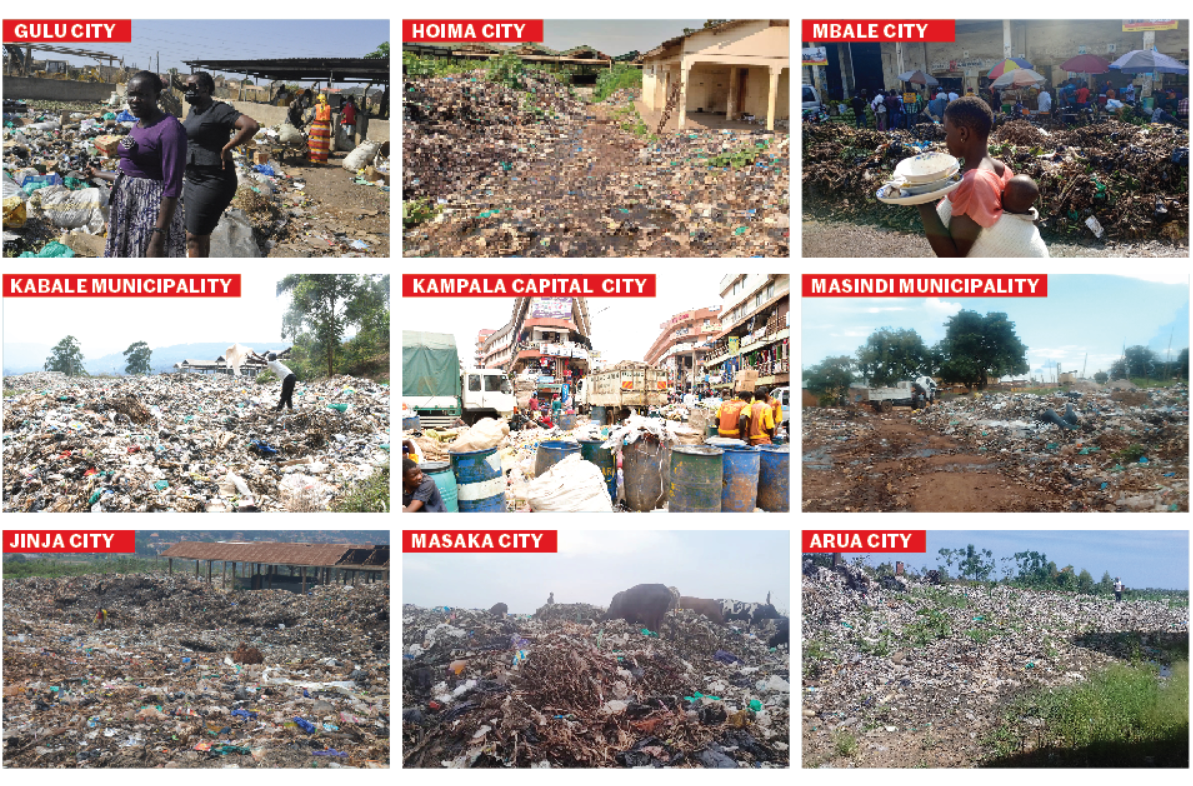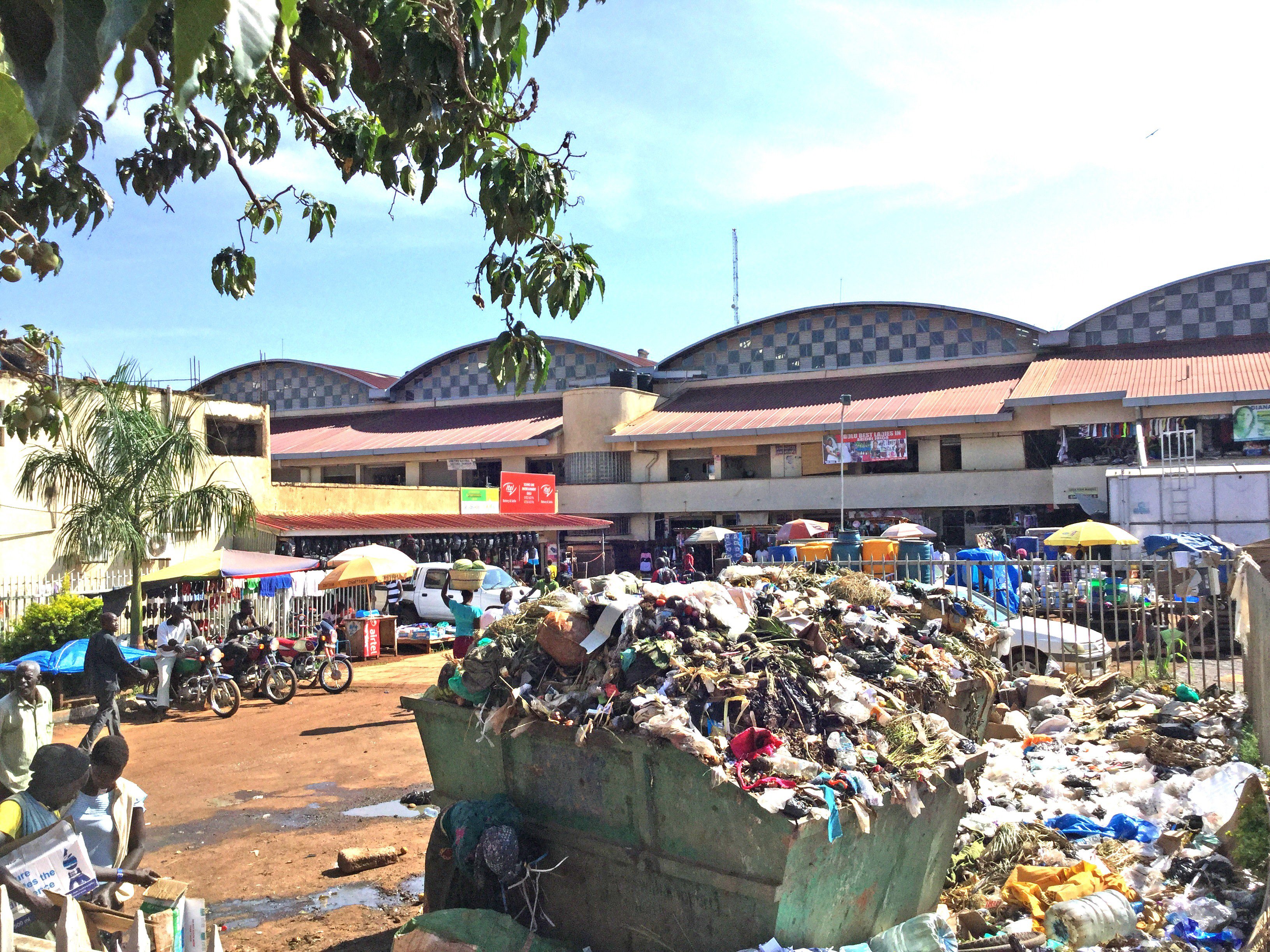
As much as 30 percent of all building materials delivered to a typical construction site can end up as waste. PHOTOs/www.shutterstock.com
Construction sites churn out huge amounts of waste on a daily basis that if not managed well, can be disastrous in more ways than one. Other than causing air and water pollution that can pause health threats to the construction workers and the general community, construction waste like off-cuts, protruding nails, sharp edges, leftover materials, rubble, and debris can cause serious physical harm to construction workers if not managed well. It can be a source of costly injuries by causing slips, trips and falls.
In addition to health risks, there are also fire hazards associated with construction waste such as plastic wrapping, cardboard, sawdust, polystyrene waffle pods, fuel, and some types of paint. All this necessitates proper construction waste management or it will harm people, destroy the environment and slow down the construction work and become a huge cost to the developer.
And according to experts, proper waste management, good housekeeping practices, proper containment and efficient disposal of construction waste will reduce all these risks and promote workplace health and the environment.
“For proper waste management to happen at the construction site, the developer must ensure that it is ingrained in the construction plan before the site opens. Without pre-planning, it will be a lot harder to execute proper waste management when the project has started,” says Simon Peter Kazibwe an architect and construction expert.
Kazibwe advises developers to formulate and follow site waste management plans (SWMP) to identify, organise and plan the mitigation of waste on-site.
A SWMP is designed prior to any construction work starting and aims to estimate how much waste will be produced from the project in order to put together a plan to effectively remove the waste in a timely manner. Once the project is underway, a record must be kept of the quantity and type of waste removed.
A good waste management plan covers all areas of the project’s handling of waste materials from start to finish.

Site waste management plans
A Site Waste Management Plan (SWMP) outlines how waste generated during construction or demolition projects will be managed. The plan ensures safe, efficient, and lawful disposal of all site waste. It also ensures that all legal obligations are met while enhancing project efficiency. Here is what it covers:
•Who will be responsible for waste management?
•The types of waste that will be generated
•The different ways waste will be managed (disposed off or recycled)
•Is the contractor will be used and will they ensure the waste is correctly disposed of responsibly and legally?
•How will the quantity of waste produced be measured?
•Finding additional opportunities to reduce, reuse or recycle materials.
•When looking at how best to manage and minimise your waste, it is worth following a process to eliminate, reduce, recycle and recover any on-site waste as much as possible and should play a big part in any site waste management plan.
Who is responsible for managing site waste?
Obviously, the principal contractors and sub-contractors are responsible for ensuring the safety of a building site. One way of keeping a site safe is managing waste well. According to Cissy Namaganda, a construction expert, contractors’ work generates waste every day and it is easier for them clean up after themselves than bringing in a separate entity to take care of the waste generated.
“This means that everyone on site does their bit in ensuring that they promptly remove the waste they generate or employ assistants just for that. Even waiting to remove it during the lunch break or in the evening may not be good enough as it may act as an obstruction to other workers or even cause injury,” she says.
Namaganda says contractors and sub-contractors can ensure that everyone on site does their part in waste management by making sure that their workers know their housekeeping responsibilities.
“Managing a construction site is like managing a home. If you let the children leave cups and plates everywhere after eating, you will have a dirty disorganised home. But if you teach them good housekeeping manners, they will all drop the utensils in one place, and even clean them up. The same applies to a construction site. Workers must be taught the importance of an uncluttered working environment. It is very hard to manage construction waste without everyone’s input, from start to completion,” Namaganda says.
She adds that sometimes contracts must state that each worker is responsible for cleaning up their waste and that penalties might apply if they do not. This ensures that the site waste management plan is followed every day by all workers as they go. The site manage must regularly monitor the ongoing work, ensuring that workers are correctly storing materials in their designated bins and following the rules for a tidy workplace.

Case study (Australia)
Everyone in the supply chain for construction materials should be included; those who produce and supply materials, those involved in construction and demolition, and those who recover, recycle and dispose of waste. The goal is to connect organisations and industries across the country so waste can be traded instead of sent to landfill.
But the lack of an efficient supply chain system can discourage stakeholders from taking part in such schemes.
An inefficient supply chain increases the costs associated with labour and administration staff at construction sites, transport, storage, separation of waste and insurance premiums. All of these are not only seen as a financial burden but also add complexities to an already complicated system.
The industry needs a system with a balanced involvement of producers, consumers and delivery services to extend producer responsibility.
In countries such as Australia, the main strategy to reduce the waste sent to landfill is the use of levies. But the effectiveness of levies has been questioned in recent years by experts who argue for smarter strategies to manage waste from construction and demolition. They say that imposing a landfill levy has not achieved the intended goals, such as a reduction in waste disposal or an increase in waste recovery activities.
Australia has no specific (Extended Producer Responsibility) EPR-driven legal instrument for the construction and demolition waste stream, nor any nationally adopted EPR regulations. But some largely voluntary approaches have had an impact.
These include the national Product Stewardship Act 2011, New South Wales’ Extended Producer Responsibility Priority Statement 2010 and Western Australia’s 2008 Policy Statement on Extended Producer Responsibility.
These schemes have provided an impetus for industry engagement in national integrated management of some types of waste, such as e-waste, oil, batteries and fluorescent lights.
Voluntary industry programs also cover materials such as PVC, gypsum, waffle pod and carpet. For instance, since 2002, the Vinyl Council of Australia voluntarily agreed to apply EPR principles. Armstrong Australia, the world’s largest manufacturer of resilient PVC flooring products, collects the offcuts and end-of-life flooring materials for recycling and processing into a new product. These materials would otherwise have been sent to landfill.
In another example, CSR Gyprock uses a take-back scheme to collect offcuts and demolition materials. After installation, the fixing contractor arranges collection with CSR Gyprock’s recycling contractor who charges the builder a reasonable fee.

Benefits of waste management
Good waste management can mean ultimate safety for workers, smooth progress of the project and easy movement around the site. It can mean that site access walkways and exit points are smooth, dry and clear of materials, which contributes to safety and efficiency.
“Good waste management means that scaffolding stands and access areas are kept clear of debris and material. Storage and containment of waste and surplus material is guaranteed, enough bins, skips, and cages are available for waste, refuse and rubbish and that these are emptied regularly and according to plan.
“The less waste there is on a site, the less the risk of slipping, tripping or injury. There is easy access to the site and the work areas which increases efficiency,” Kazibwe says.
He adds that a good site waste management plan must earmark a spot on the construction site where all the different bins, skips or cages for different kinds of waste and fence it off. Waste that can easily be blown about by wind such as waffle pods, plastics, carboard, and roofing offcuts etc. must be secured with mesh to keep them from being blown away so keep the site tidy and safe.
Extra care
Of the waste that construction sites generate, liquid waste needs to be managed particularly careful. According to experts, liquid waste like detergents, chemicals, oils and contaminated water must be contained to prevent it leaving the site or entering the storm water system.
The other type of construction waste to take extra care about is flammable materials such as waffle pods, plastics, cardboard etc. Experts advise that they are protected from combustion by ensuring there are no naked flames anywhere near them. Works such as grinding, welding, oxy-fuel gas should be used far away from such waste to avoid fired.
Before starting any building work, check your local council and EPA requirements for containment and disposal of building waste.
“Many of these types of waste should be disposed off immediately. There are people looking to buy waste wood from construction sites for firewood and recycling. There are people looking for waste plastic and all other manner of waste. So disposing of some waste is not that hard or costly. In fact, you can get paid for disposing off waste sometimes,” Kazibwe says.
He says you can reuse of donate waste materials like wood, bricks, gravel, roofing, etc., that is in good condition thereby freeing space for the ‘real’ waste materials.
Waste Statistics
Roughly half of the raw materials we extract go into the world’s built environment. The Environmental Protection Agency (EPA) found that total waste from construction-related projects was double that of municipal waste from households and businesses.
Construction and Demolition waste accounted for 30–40 percent of the total solid waste stream globally in 2022.
As much as 30 percent of all building materials delivered to a typical construction site can end up as waste.
More than 75 percent of all construction waste from wood, drywall, asphalt shingles, bricks and clay tiles ends up in landfills.




